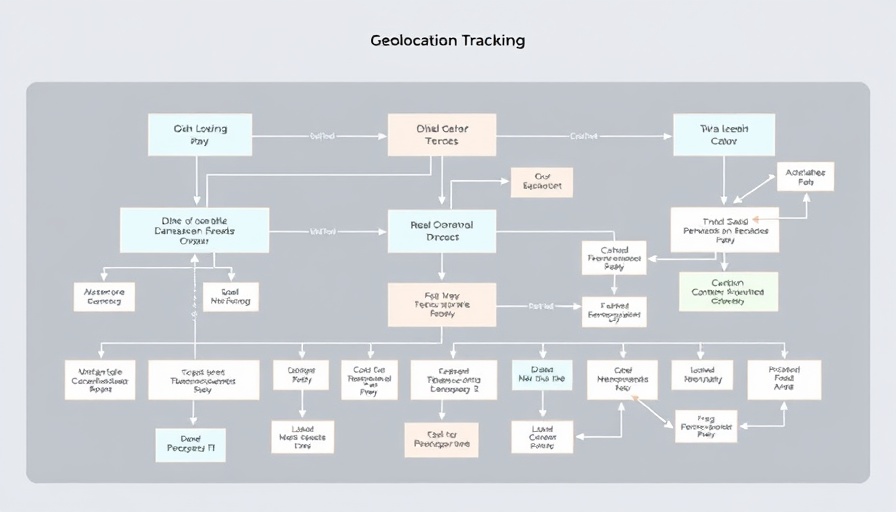
The Landscape of Interactive Gaming
In the world of choice-based games, understanding the architectural design isn't just for game developers—it enriches the playing experience for enthusiasts too. By recognizing the prevalent patterns that shape interactive narratives, players can better appreciate the stories they engage with and how their decisions influence outcomes.
Time Cave: A World of Infinite Possibilities
The 'Time Cave' is one of the oldest structures in choice-based narratives. Known for its heavily branching paths, this style offers players vast freedom with countless possible endings. However, the open-ended nature may mean players overlook large portions of the story, experiencing different realities with each playthrough. Early works by Edward Packard, like 'The Cave of Time,' exemplify this imaginative structure.
Gauntlet: Navigating a Linear Maze
Contrasting sharply with the Time Cave, the 'Gauntlet' structure features a more linear approach. Here, choices may lead to dead ends or loop back, creating a single threaded story despite having multiple side paths. This setup often results in a tense atmosphere where players might feel constrained or challenged, yet rewarded with a coherent story arc. Zork is a classic example where this pattern shines, making players navigate a predefined path with precision.
Branch and Bottleneck: Meeting at Converging Paths
Another prevalent style is the 'Branch and Bottleneck,' where numerous branches invite exploration but eventually converge, guiding players back to a central storyline. This pattern allows for diverse player experiences while maintaining narrative coherence, ensuring that pivotal moments and key information aren't missed.
 Add Row
Add Row  Add
Add 




Write A Comment